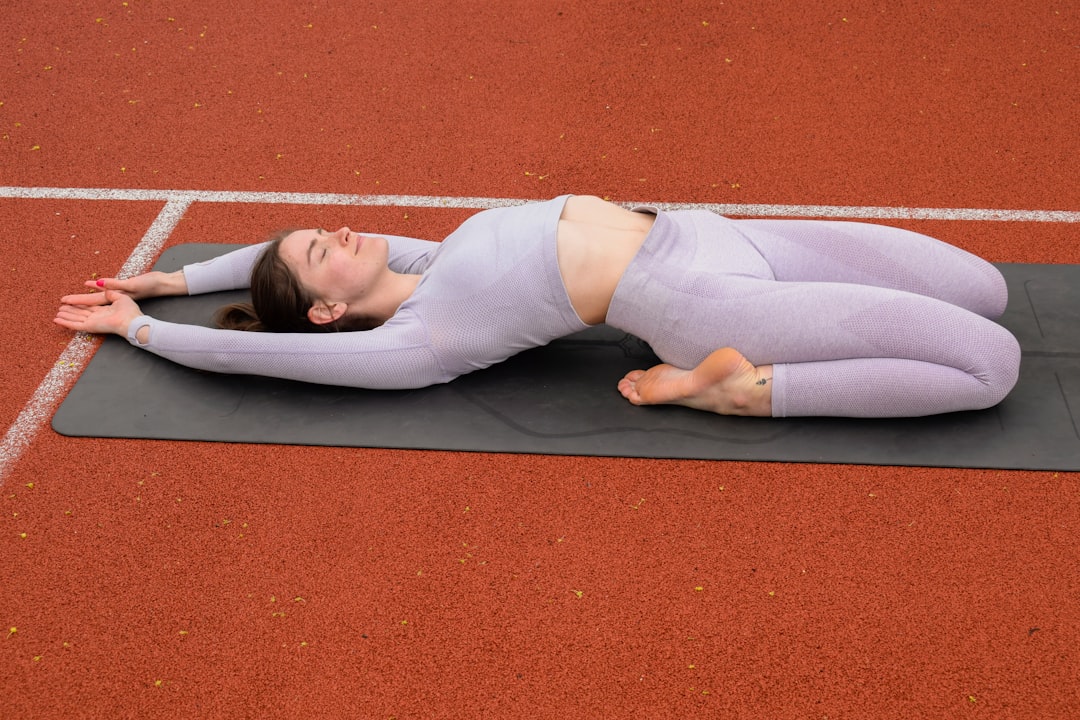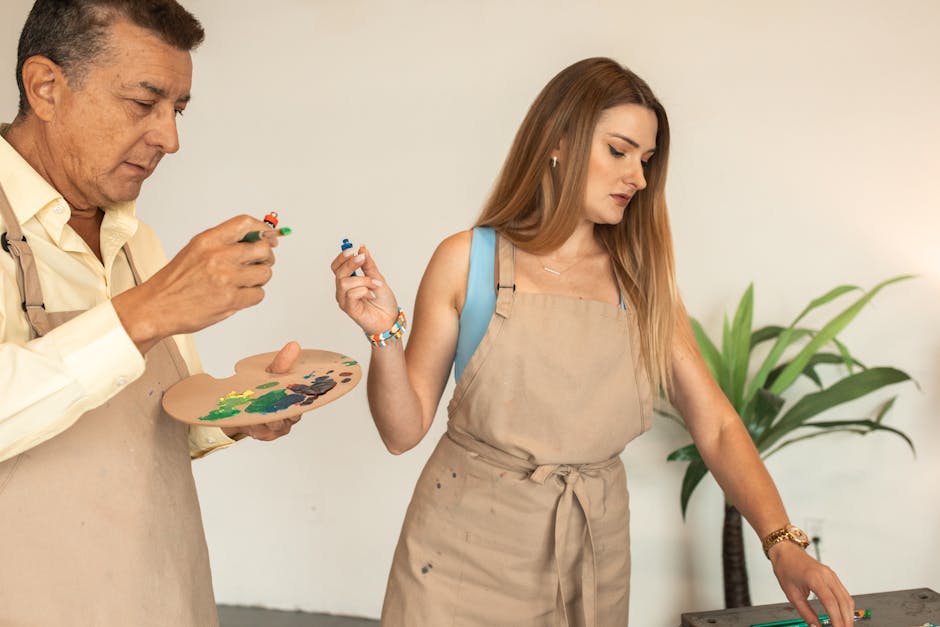5 Quick Grounding Techniques to Stop Anxiety in Its Tracks Guide
Do you ever feel that familiar tightening in your chest, the racing thoughts, or the overwhelming sense of dread that signals anxiety is taking over? It’s a common experience, and if you’re searching for practical ways to regain control, you’ve come to the right place. This comprehensive guide is designed to equip you with 5 quick grounding techniques to stop anxiety in its tracks, helping you navigate moments of overwhelm with greater ease and confidence.


Anxiety can feel like a runaway train, pulling you away from the present moment and into a vortex of worries about the past or future. But what if you could hit the brakes? Grounding techniques are powerful tools that do just that – they bring you back to the here and now, interrupting the anxiety cycle and offering immediate relief. Whether you’re dealing with mild jitters or the onset of a panic attack, these simple, yet profoundly effective strategies can be your anchor in the storm.
In the following sections, we’ll dive deep into what grounding is, why it works, and walk you through five easy-to-implement techniques that you can use anytime, anywhere. Get ready to reclaim your calm and stand firm against anxiety.
Understanding Anxiety and the Power of Grounding
Before we explore the techniques, let’s briefly touch upon what anxiety is and why grounding is such an effective countermeasure. Anxiety is a natural human emotion, a warning system designed to protect us from danger. However, for many, this system can become overactive, triggering intense feelings of fear, worry, and physical symptoms even when there’s no immediate threat.
When anxiety kicks in, your body’s “fight or flight” response is activated. Your heart rate increases, breathing becomes shallow, muscles tense, and your mind races. This state pulls you away from the present moment, trapping you in a cycle of distressing thoughts and sensations. This is where grounding steps in.
What Exactly is Grounding and How Does It Help?
Grounding refers to a set of simple, self-soothing techniques designed to help you reconnect with the present moment. Instead of getting swept away by anxious thoughts or overwhelming emotions, grounding helps you anchor yourself in reality. It shifts your focus from internal distress to external stimuli, engaging your senses and bringing you back into your body and your immediate surroundings.
Think of it like this: when you feel anxious, your mind often feels like it’s floating away or spiraling out of control. Grounding acts as a mental and physical anchor, pulling you back down to solid ground. It interrupts the anxiety loop by:
- Engaging your senses: Shifting focus from internal worries to external sights, sounds, smells, tastes, and touches.
- Activating the parasympathetic nervous system: Counteracting the “fight or flight” response by promoting relaxation.
- Creating a sense of control: Empowering you with an active strategy to manage your distress.
- Distracting from intrusive thoughts: Giving your mind something concrete to focus on.
These techniques are not about suppressing your feelings but rather about creating space and distance from them, allowing you to observe your anxiety without being consumed by it. They are invaluable tools for anyone seeking to improve their mental well-being and effectively manage everyday stress.
The 5 Quick Grounding Techniques to Stop Anxiety in Its Tracks
Here are five highly effective, easy-to-learn grounding techniques that you can deploy instantly when anxiety strikes. Practice them regularly, and you’ll find them becoming second nature.
1. The 5-4-3-2-1 Sensory Scan
This is arguably one of the most popular and effective grounding techniques, perfect for bringing you back to the present moment by engaging all five of your senses. It’s simple, quick, and can be done anywhere.
- 5: Notice 5 things you can SEE. Look around you. Name five distinct objects you can see. Pay attention to details like colors, shapes, and textures. For example, “I see the blue sky, the green leaves on the tree, the pattern on my shirt, my computer screen, and a pen.”
- 4: Notice 4 things you can TOUCH/FEEL. Pay attention to the physical sensations around you or on your body. This could be the feeling of your feet on the floor, the fabric of your clothes, the smooth surface of a table, or the warmth of a mug. “I feel the chair beneath me, my feet on the carpet, the soft texture of my sweater, and the cool air on my skin.”
- 3: Notice 3 things you can HEAR. Listen carefully to the sounds around you. This might be ambient noise you usually filter out. “I hear birds chirping outside, the hum of the refrigerator, and the distant traffic.”
- 2: Notice 2 things you can SMELL. Take a deep breath and identify two distinct smells. If you can’t smell anything specific, notice the absence of smell. “I smell my coffee, and I smell the faint scent of laundry detergent.”
- 1: Notice 1 thing you can TASTE. Pay attention to any taste in your mouth. This could be the lingering taste of your last meal, a drink, or simply the taste of your own saliva. “I taste the mint from my toothpaste.”
By systematically moving through each sense, you force your mind to focus on external reality, disrupting the anxious thought loop.
2. Deep Breathing Exercises (4-7-8 or Box Breathing)
When anxiety hits, our breathing often becomes shallow and rapid, reinforcing the “fight or flight” response. Deliberate deep breathing can instantly calm your nervous system. There are many techniques, but 4-7-8 breathing and Box Breathing are particularly effective.
The 4-7-8 Breathing Technique:
- Find a comfortable position, sitting or lying down.
- Place the tip of your tongue against the ridge of tissue just behind your upper front teeth, and keep it there throughout the entire breathing process.
- Exhale completely through your mouth, making a “whoosh” sound.
- Close your mouth and inhale quietly through your nose to a mental count of four.
- Hold your breath for a count of seven.
- Exhale completely through your mouth, making a “whoosh” sound, to a count of eight.
- This is one breath. Inhale again and repeat the cycle three more times for a total of four breaths.
Box Breathing (or Square Breathing):
This technique is often used by athletes and military personnel to regain focus and calm under pressure.
- Exhale all the air from your lungs.
- Inhale slowly through your nose for a count of four.
- Hold your breath for a count of four.
- Exhale slowly through your mouth for a count of four.
- Hold your breath for a count of four.
- Repeat this “box” cycle several times until you feel calmer.
Both methods slow your heart rate, increase oxygen to your brain, and signal to your body that it’s safe to relax. For more in-depth practice, explore the American Psychological Association (APA) resources on breathing techniques.
3. Physical Sensation Focus (Tactile Grounding)
Engaging your sense of touch can be incredibly effective in pulling you out of your head and into your body. This technique focuses on intense, deliberate physical sensations.
- Hold an ice cube: The intense cold sensation can be a powerful distraction and bring you sharply into the present. Focus on how it feels in your hand as it melts.
- Grip an object: Find a small object nearby – a pen, a smooth stone, your keys. Hold it firmly and notice its weight, texture, temperature, and shape. Really focus on the physical details.
- Splash cold water on your face: The shock of cold water can quickly interrupt a panic cycle and activate your dive reflex, which naturally slows your heart rate.
- Feel your feet on the ground: Press your